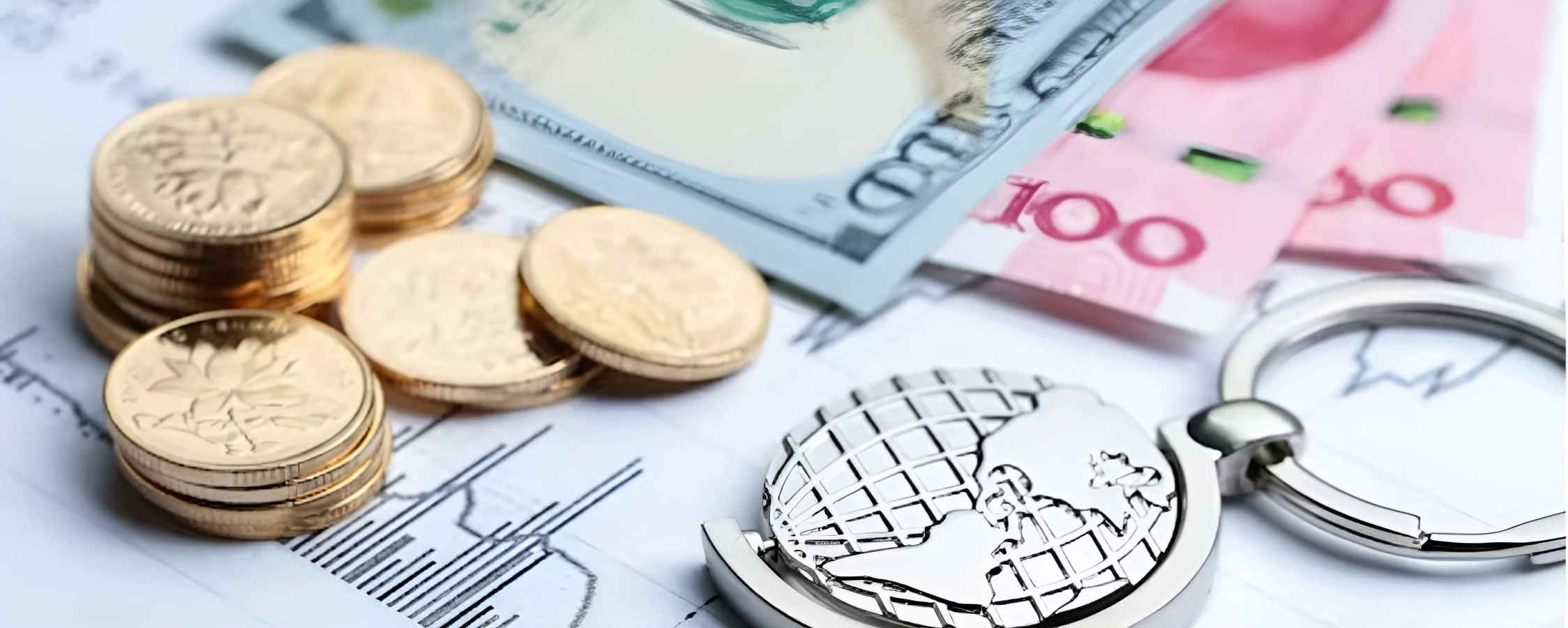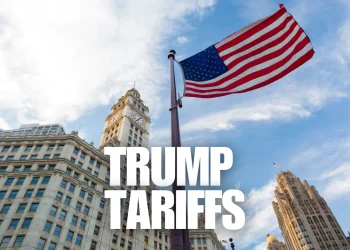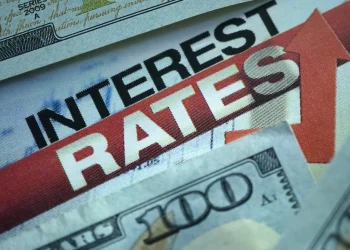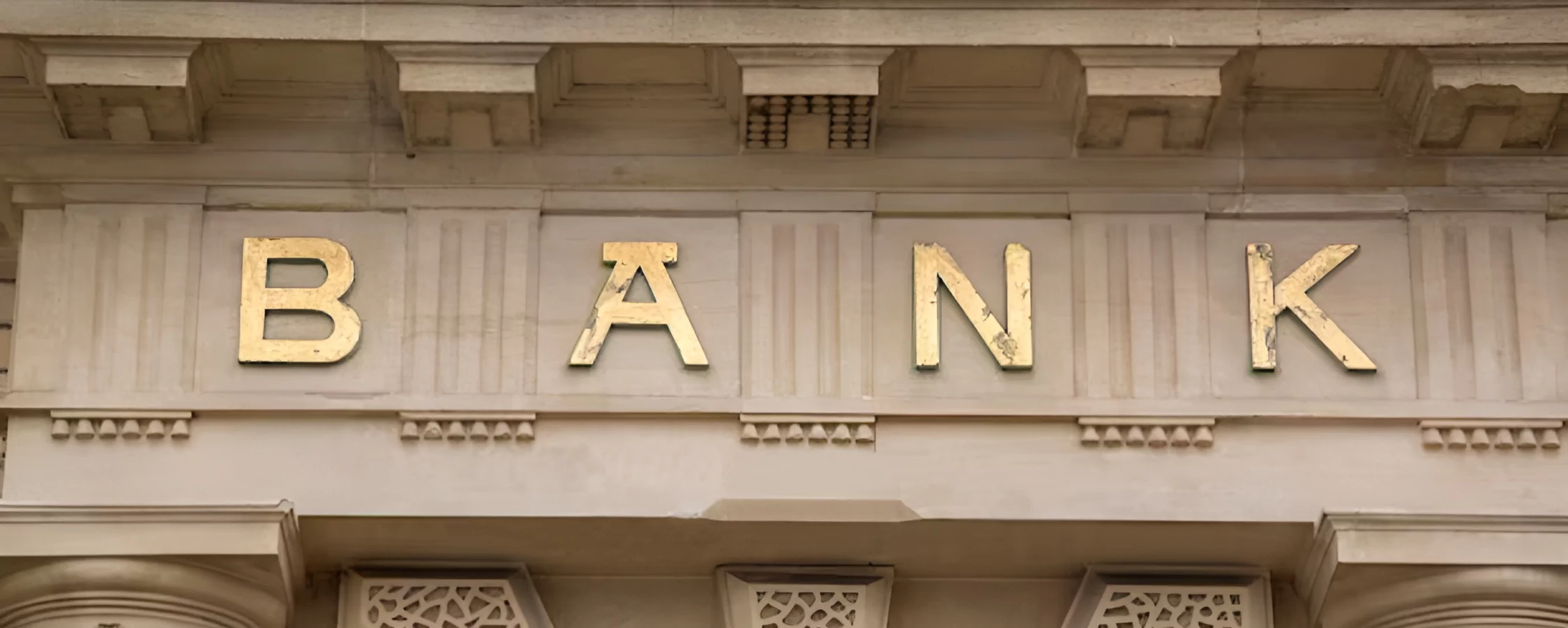Have you ever wondered why a currency’s value changes on the foreign exchange market so often? Well, the idea of floating exchange rates in forex holds the key to the solution. In simple terms, “floating exchange rates” refers to currency exchange rates that are influenced by supply and demand in the market.
We’ll dig deeply into the world of floating exchange rates in this post and examine how they operate, why they’re important, and how they might affect the international economy.
What is Floating Exchange Rate in Forex?
A currency is floated when its exchange rate is completely liberalized, preventing the government or central bank from interfering in its determination. Instead, it is automatically released into the currency market via a supply and demand system that enables determining the exchange rate of the domestic currency relative to other currencies.
Foreign currency supply and demand change constantly, causing floating exchange rates to shift frequently—sometimes multiple times each day.
Some factors that can affect supply and demand are global trade, interest rates, and foreign and international investment. The value of a currency on the global forex market will be significantly impacted by any one or all of these variables. For instance, the demand for local currency will rise in a nation with significant foreign commercial investment, which will enhance its value and exchange rate.
A floating currency price can be limited as well as left to the swings of market supply and demand. When a floating exchange rate is constrained, the government can act as needed to control exchange rates when they rise or fall unexpectedly by altering the amount of foreign currency supply or demand.
How Does Floating Exchange Rate Work?
Long-term variations in currency prices reflect relative economic strength and interest rate differences between nations thanks to floating exchange rate systems.
A currency with a floating exchange rate has short-term fluctuations that are caused by speculative movements, rumors, natural disasters, and standard supply and demand. If supply surpasses demand, a currency will fall; if demand overtakes supply, it will increase.
Even in an environment with floating interest rates, extreme short-term movements can lead to intervention from the central bank. As a result, even though the majority of the world’s major currencies are seen as floating, governments and central banks may intervene if a country’s currency rises or falls too much.
A currency that is either too high or too low could have a negative impact on trading and the ability to pay debts. In an effort to raise the value of their currency, the government or central bank will take action.
Fixed Exchange Rate Vs Floating Exchange Rate
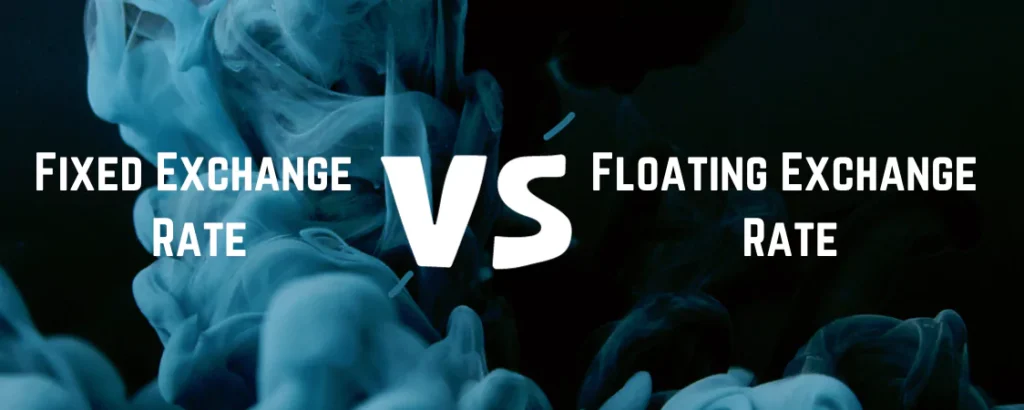
There are two ways to determine the price of a currency: a floating rate or a fixed rate. As previously mentioned, supply and demand on the open market typically determine the floating rate. As a result, the value will rise if there is a significant demand for the currency. Low demand will result in a decrease in that currency’s price.
Governments set fixed rates through their central banks. The rate is determined in relation to another significant global currency, such as the US dollar, euro, or yen. The government will exchange its currency for the currency it is tied to to preserve its exchange rate. China and Saudi Arabia are two examples of nations that chose to link their currencies to the US dollar.
Following the breakdown of the Bretton Woods arrangement between 1968 and 1973, the majority of the major economies across the world permitted their currencies to float freely.
Benefits of Using Floating Exchange Rate
Balance of payments (BOP) stability
A record of transactions between national and international entities over some time is called a balance of payments. Theoretically, the exchange rate automatically adjusts for any imbalance in that statement.
For instance, a deficit-based imbalance would result in a decline in the value of the currency. As the country’s exports became more affordable, demand would rise and the balance of payments (BOP) would eventually reach equilibrium.
There are no restrictions on foreign exchange.
Opposite to currencies with fixed exchange rates, trading in currencies with floating exchange rates is unrestricted. Therefore, neither governments nor banks need continuing management processes.
Market effectiveness rises
The macroeconomic fundamentals of a country have an effect on the floating exchange rate on international markets, which has an impact on how portfolios move across countries. Therefore, floating exchange rates improve the efficiency of the market.
No need for substantial foreign exchange reserves
Central banks are not required to hold significant quantities of foreign currency reserves to protect a floating exchange rate. As a result, the reserves can be used to import capital goods to boost economic growth.
inflation-protected imports
Countries that have fixed exchange rates struggle with importing inflation due to balance of payments shortfalls or increased import costs. However, this issue does not exist in nations with floating exchange rates.
Drawbacks of Using Floating Exchange Rate
Being vulnerable to exchange rate volatility
Exchange rates that fluctuate are by their very nature quite unstable. Only one trading day may pass without a currency’s value declining relative to another currency. Furthermore, macroeconomic fundamentals are unable to account for the short-term volatility of a floating exchange rate.
limited economic recovery or growth
The inability to regulate floating exchange rates could halt economic expansion or recovery. Negative changes in currency exchange rates could have catastrophic consequences. For instance, exporting from the United States to the eurozone will be more challenging if the dollar strengthens versus the euro.
Existing problems may become worse
A country’s economic problems, such as excessive inflation or unemployment, may get worse if exchange rates are allowed to float. For instance, a decline in the currency in a nation with high inflation will result in greater inflation as a result of increased demand for goods. Additionally, more costly imports can make the nation’s financial situation worse.
Conclusion
Floating exchange rate in forex is when a nation’s central bank or government is fully excluded from influencing how its currency rate is set. Instead, it is automatically released onto the currency market through a supply and demand system that makes it possible to decide what the local currency’s exchange rate should be in relation to foreign currencies. Floating exchange rates come with many advantages such as balance of payments stability, no need for substantial foreign exchange reserves, and inflation-protected imports.
However, there are also some drawbacks to floating exchange rates as there is to everything. In conclusion, floating currencies have their benefits that lead to some countries using them instead of fixed currencies.

